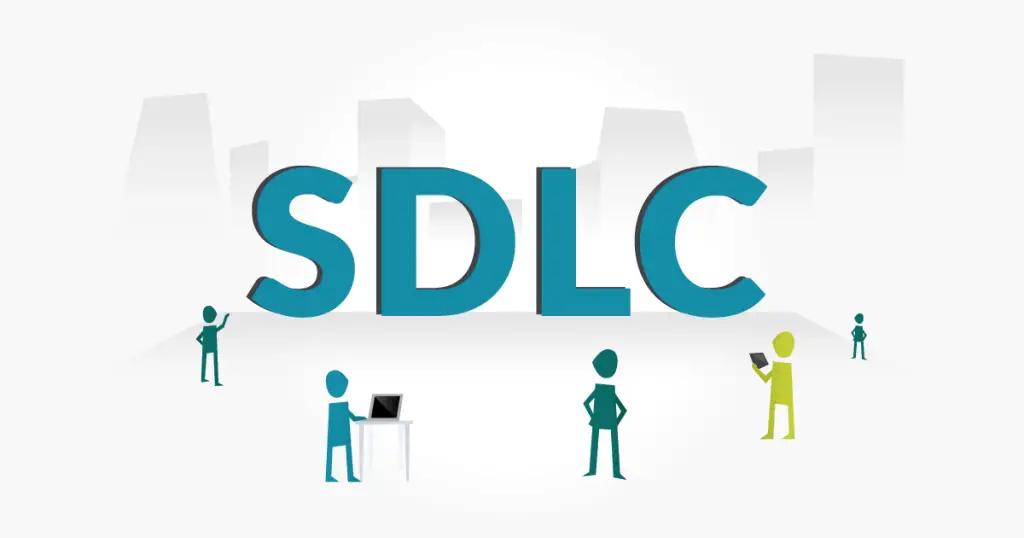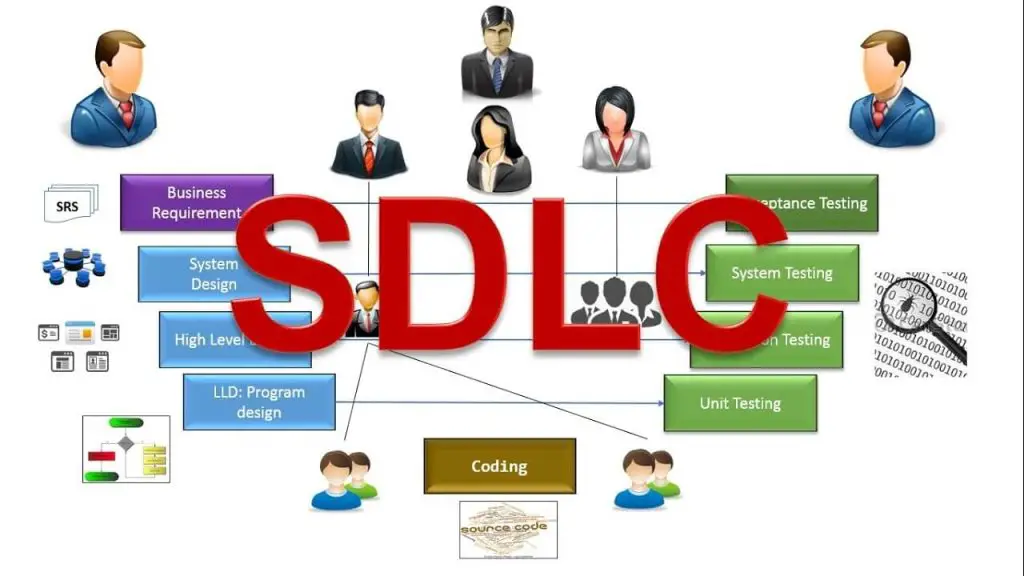The product under development needs to verify for its accuracy. In other words, we may need to verify the product under development meets the requirement specification. This process help to make sure that the product is developed according to the requirement and specification. Verification process answers “Are We Building Product Right?”
Verification also called as Static Testing, as it does not test the application but test all those documents which help to develop the product. Also, it is known as Quality Assurance. Verification is well demonstrated in V-Model of Software Development. The left part of the V acts as a Verification process a shown below.
Verification is started at the very first stage of Software Development Life Cycle. Verification performs by following ways
- Reviews
- Walkthrough
- Inspection
Verification process helps to test following documents
- Requirements
- Specification
- Design Document
- Code
- Test Plan
- Test Cases
As per Capability Maturity Model (CMMI-SW v1.1) Verification is the process of evaluating software to determine whether the products of a given development phase satisfy the conditions imposed at the start of that phase. [IEEE-STD-610].
Advantages of Verification:
- Help to identify the defects in the early stage. It reduces the number of defects in the later stage.
- As testers involved from the start, so a testing team gets the better idea about the project.




